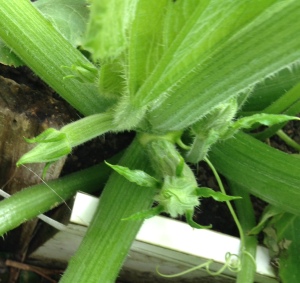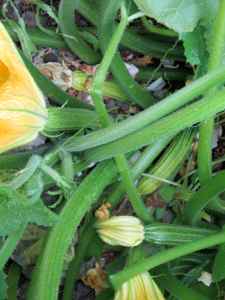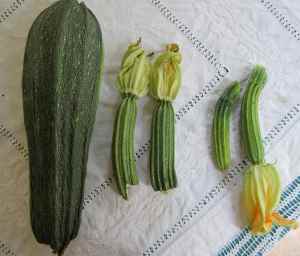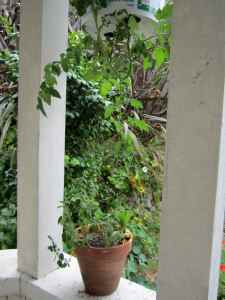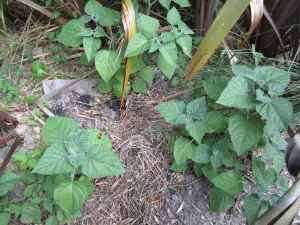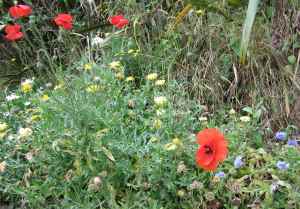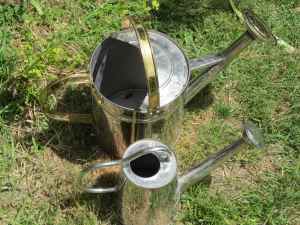
We’re in high summer. Here, south of the equator, that means day after day of gusts of warm and drying wind from the north. And, this year, lots of sunshine.
On the public zigzag, I don’t use a hose. And won’t. Because I’m experimenting. Some of the experiments are about sun. I watch the arc of the sun and how that’s changed before and after solstice. Will the sunny spot where I have tomatoes provide six hours of sun a day right through the ripening period?
Some of it’s about plant choice. Natives. And as many bee-loved herbs as I can manage, to grow and self-seed in perpetuity, as a bee haven. Parsley and borage have already self-seeded here and there and a volunteer poppy is about to flower. To feed passersby, I’ve planted silver beet (very hardy), cape gooseberries (ditto) and tomatoes (because I like eating them too).
Some of the experiments are about water. Which plants will become more stressed than others, because they always need lots of water? (Or for other reasons.)
I want the zigzag gardens I care for to be self-sufficient, so they need only a big cleanup now and then. So most of my planting’s been done with minimal ongoing plant support–into organic compost, and then an initial watering. Then mulch, or weed matting with mulch on top in some places. The single phacelia and some tiny parsley the only exceptions. On the less sunny side of the zigzag, where there’s lots of humus, I just popped the baby plants straight in.
I absolutely don’t want anyone to have to water out there. That’s why we started the two hugelkulturs. I liked the idea that it was possible – within a larger garden area – to establish individual gardens that don’t require irrigation or fertiliser.
So how are the plants doing during these hot and windy days? To my surprise, among all that humus, and shaded by trees, the plants on the less sunny side of the zigzag aren’t flourishing and appear to be heat-stressed. Just as well the completed hugelkulturs will be there (eventually, everything takes a while).

On the sunnier side, where harakeke (flax) surrounds them, plants are healthy, green and growing fast. I’m especially surprised that the tomatoes are flourishing without any added water. Some now have fruit.
We put the hugelkulturs on the shady side of the zigzag because that’s where there was wood to bury – the essential component of hugelkultur. It looks like we chose the right place. (I’m still wondering how people establish hugelkulturs in a desert, where there’s no starter wood.)
Now I’m considering how to support the plants on that dry side. I refuse to drag the hose out there, on principle. Fingers crossed it will rain soon. Otherwise I’ll go to and fro with the big watering can. Anyway, will add more mulch.

